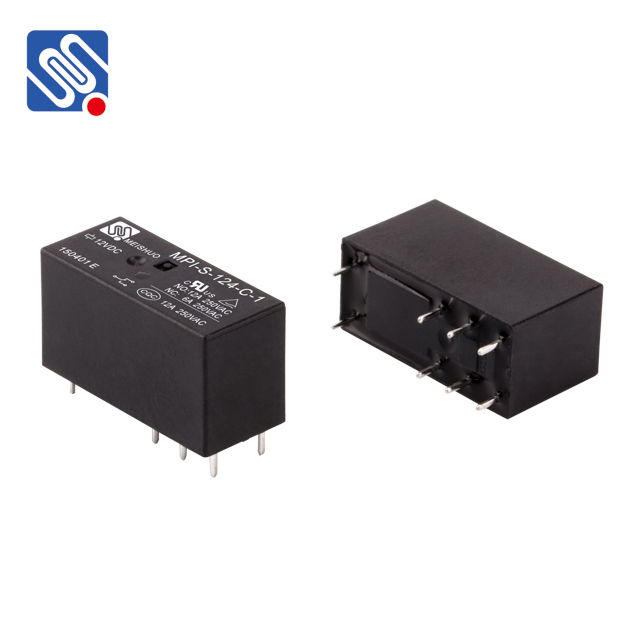relay application notes: practical insights into effective relay usage
Release time:2025-04-22 11:05:48
Relays are essential components in electrical and electronic systems, enabling control of high-power circuits with low-power signals. As versatile devices, they find applications in a broad range of industries, from automotive to industrial automation, telecommunications, and consumer electronics. To ensure that relays perform optimally, it is crucial to understand their applications and how to use them effectively. This article aims to provide a comprehensive overview of relay application notes, exploring their various uses, types, and best practices.

Understanding Relays
A relay is an electrically operated switch that allows a circuit to be controlled by an external signal, typically a low-power electrical current. The core mechanism involves an electromagnet that, when energized, activates the switch to either open or close a circuit. This ability to control high-power systems with low-power inputs makes relays invaluable in automation, protection, and control systems.
Relays are widely used in applications where safety, reliability, and high-volume switching are essential. They come in various forms, including electromagnetic, solid-state, and reed relays, each designed for specific tasks based on factors like switching speed, load handling, and power consumption.


